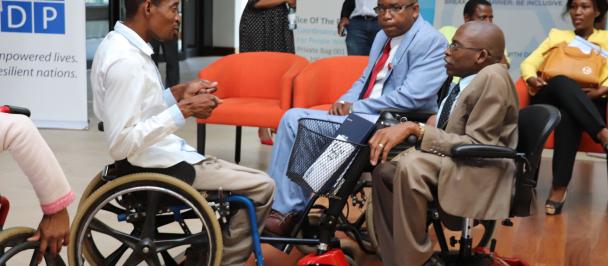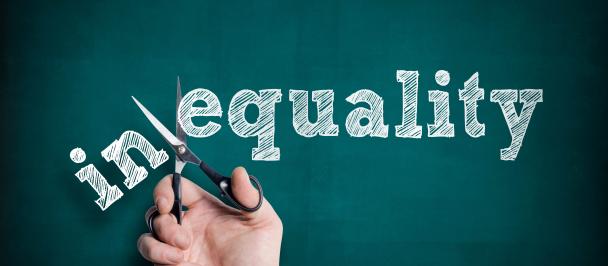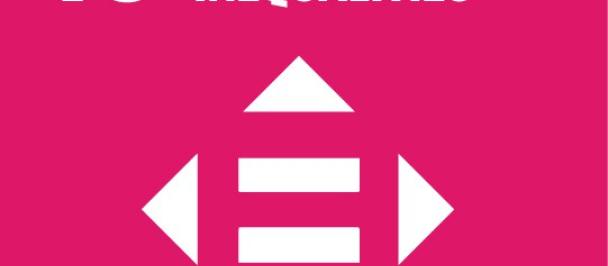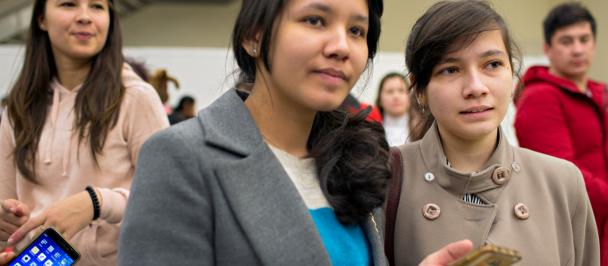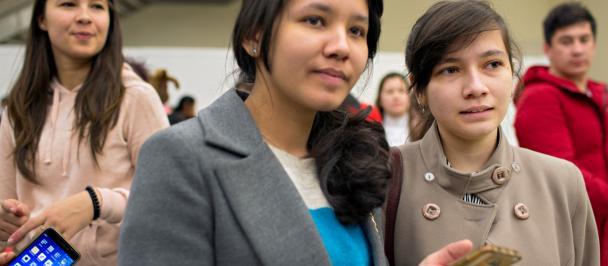Bretton Woods II – New America, in partnership with the OECD surveyed 85 experts across different fields and organizations, including the World Bank, OECD, universities and civil society. These experts were asked to select their top Goals and 20 targets out of 169 Sustainable Development Goal (SDGs) targets, and to sequence them in order.
Of the 17 SDGs, experts believe that the top goal should be to reduce inequality, with the second to end poverty. However, the top 5 SDG options are almost evenly split between institutional and individual welfare issues:
- Promote rule of law and access to justice;
- Eliminate the most extreme poverty;
- Ensure access to safe, effective and affordable health care, medicine and vaccines;
- Ensure women’s rights to economic opportunity, property ownership and inheritance
- Ensure government accountability and transparency.
There is a message behind these findings: SDG 10 is the linchpin of the entire Development Agenda. I would even stretch it by saying that “reducing inequality” is not only a sine qua non condition for sustainable development; but also, of peace stability and security; as it is the foundation of any social contract.
But why have we not been able to solve it; why are we caught in the “last Fermat Theorem" syndrome ? Jimmy Carter called it the disease of our Modern Civilization. Nelson Mandela called it a scourge to put in the same register as Apartheid
My thesis is as follows:
- We are not solving inequality because we are not still measuring it right. And hence not rightly guiding policies.
- We are not solving inequality, because we are not fully grasping, not only its manifestation (the metrics), but also the fundamentals and determinants and its political economy.
2019 offers a series of unique opportunities to deep dive into the issue. We have had, and we will have a series of high moments during the year to find wisdom to get out of the inequality grooves!
Such as the United Nations Commission on Sustainable Development (CSD), High Level Political Forum, G7, and the launch of the new Human Development Report.
I am glad then that we are having this symposium on measuring inequality. But that is only half of the equation. The other half is still to truly understand inequality and its dynamics.
In measuring inequality, not only should we look at the various (yet still limited) economicist views (inequality of revenues, inequalities of spending or life cycle inequalities based on permanent incomes); but also go beyond and look at “multidimensional inequality”.
That would be the revolutionary contribution of the upcoming UNDP series of HDRs.
On the fundamentals and determinants of inequality. I understand why governance variables are ranked, by Experts, as second most critical SDGs targets.
Indeed, unless we understand the interplay between those variables and inequality we will remain in the “Last Fermat Theorem Syndrome”.
Let me end with an example of the Bangui Forum. After the devasting civil war, the government and the international community organized the Bangui forum, asking people what their main asks would be to bring peace! We all thought that they would rank security and jobs, especially youth employment as the top asks; but they came in almost all communities and regions as distant second and third, far after 'justice'.
And John Rawls was right in his famous and magnus opus theory of Justice (1971) when he argued that "The Primacy of Justice is the fundamental of a sturdy social contact" i.e. where inequalities are minimized. Justice Within nations and Justice amongst nations. Unless we have justice in national and international governance, we will not be able to solve inequalities. And Hence sustainable development, peace and security for all.

 Locations
Locations
